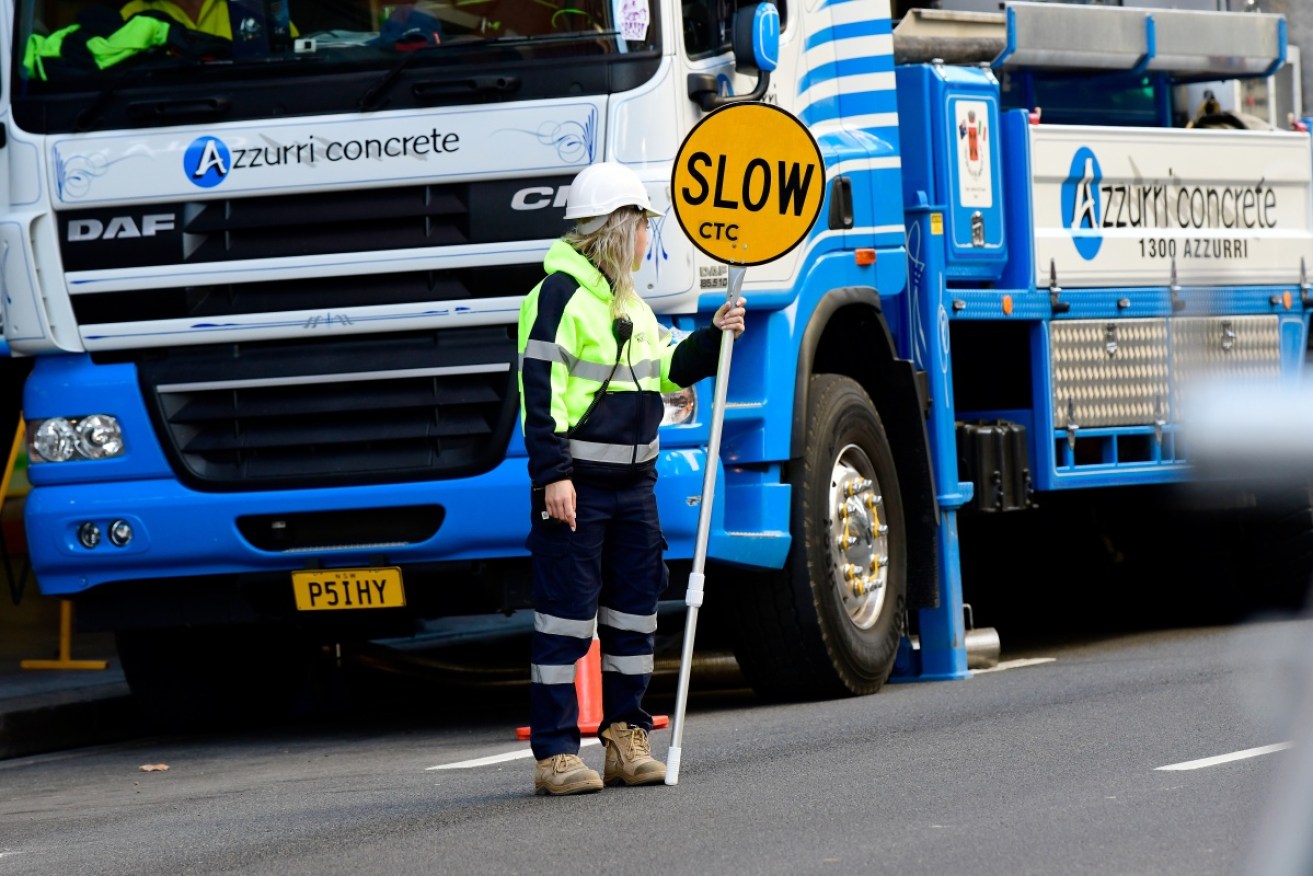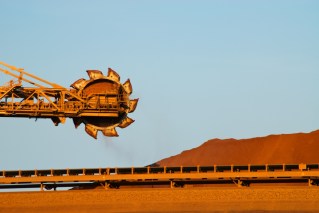Jobless rate unexpectedly jumps to 3.7 per cent


The government wants to stop employers from using labour hire to undercut employee pay rates. Photo: AAP
Treasurer Jim Chalmers has played down an “uptick” in the unemployment rate, while foreshadowing more job losses to come.
Australia’s unemployment rate lifted from 3.5 per cent to 3.7 per cent in January, with 11,500 jobs lost from the economy.
The change equated to employment decreasing by about 11,000 people, and the number of unemployed increasing by 22,000 people.
The participation rate fell 0.1 percentage point to 66.5 per cent, Australian Bureau of Statistics jobs data for the month of January showed.
“This was the second consecutive monthly fall in seasonally adjusted employment but followed very strong growth during 2022,” ABS head of labour statistics Bjorn Jarvis said.
Dr Chalmers said the slight rise came on the back of an unemployment rate at “historic lows” and the best jobs growth in the first six months of an Australian government.
But he foreshadowed more job losses due to the combination of global economic turbulence and rising interest rates in Australia.
“The outcome today was completely consistent with what the budget anticipated in October and my predecessor’s budget anticipated in March,” he said.
“We have been expecting an uptick in the unemployment rate as the economy slows a bit as the obvious consequence of a slowing global economy mixed with the impact of interest rate rises her in our own economy.
“Our current expectation of Treasury and the Reserve Bank is our economy will slow a bit more and unemployment will tick up a bit more in the coming months.”
Dr Chalmers also took aim at banks, which are lifting mortgage rates each month but have been slower to raise savings rates.
“I understand that people are furious when mortgage rates go up and they [stay] much lower or not at all [for saving accounts],” he said.
“This is the reason why I asked the ACCC to do some work in the space because we want to make sure that banks are doing the right thing here.
“I think there is a lot of community anger about this.”
The Australian Competition and Consumer Commission is due to deliver a report into deposit pricing to Dr Chalmers by December.
The Treasurer said he “spoke frequently” to Reserve Bank governor Philip Lowe – most recently on Wednesday night, after Dr Lowe was grilled at Senate estimates.
“Governor Lowe and I talk frequently about the economy. We talk frequently about the bank itself. We spoke last night, for example,” he said.
“I don’t ring up the Reserve Bank governor on the morning of the board meeting and say this is the outcome that the government wants.”
January jobless data may be key
The jobless rate has hovered in the mid-threes for the past six months due to strong demand for workers.
In December, it rate held at 3.5 per cent, with 14,600 jobs lost from the economy.
The participation rate fell 0.2 percentage points to 66.6 per cent in the final month of 2022.
Economists and researchers expected another robust jobs report in January, tipping another 20,000 jobs to be added to the economy and the unemployment rate to hold firm at 3.5 per cent.
Mr Jarvis said there was a larger-than-usual increase in unemployed people across the month but also in the number of people with a job to go to in the future.
“January is the most seasonal time of the year in the Australian labour market, with people leaving jobs but also getting ready to start new jobs or return from leave,” he said.
“This January, we saw more people than usual with a job indicating they were starting or returning to work later in the month.”
BIS Oxford Economics head of macroeconomic forecasting Sean Langcake said the slowing in employment growth should be expected given the sustained tightness in the labour market.
“Consecutive falls in employment suggest that conditions may be turning,” he said.
“However, the ABS noted there were an elevated number of people in January that were unemployed but expect to start a new job imminently.
“This will boost employment and weigh on unemployment in the February data.”
Jobs data is watched keenly by the central bank because of the relationship between the tight labour market and higher wages, which can feed into inflation.
Mr Langcake said the January jobs data did not provide conclusive evidence of a cooling labour market, which would take pressure off wages.
“But it is clear the market is tracking sideways, albeit in a very tight position.”
Last week, the Reserve Bank delivered its ninth interest rate hike in this policy tightening cycle in a bid to rein in inflation.
-with AAP








